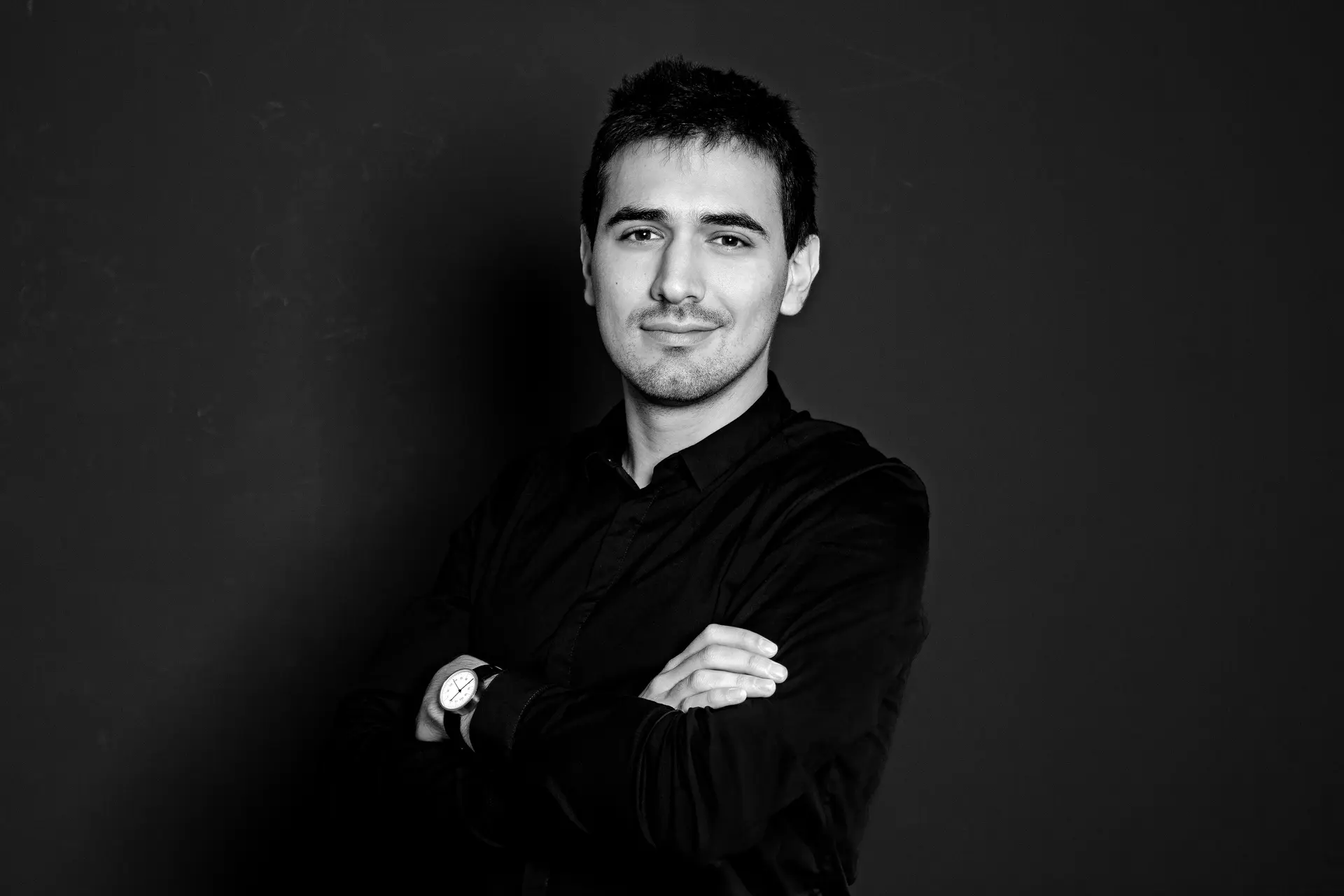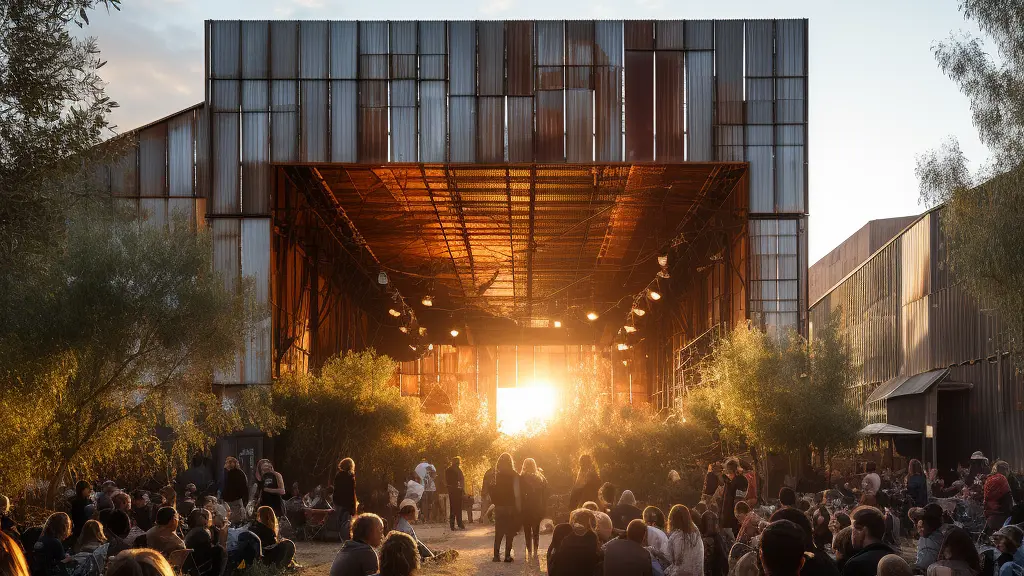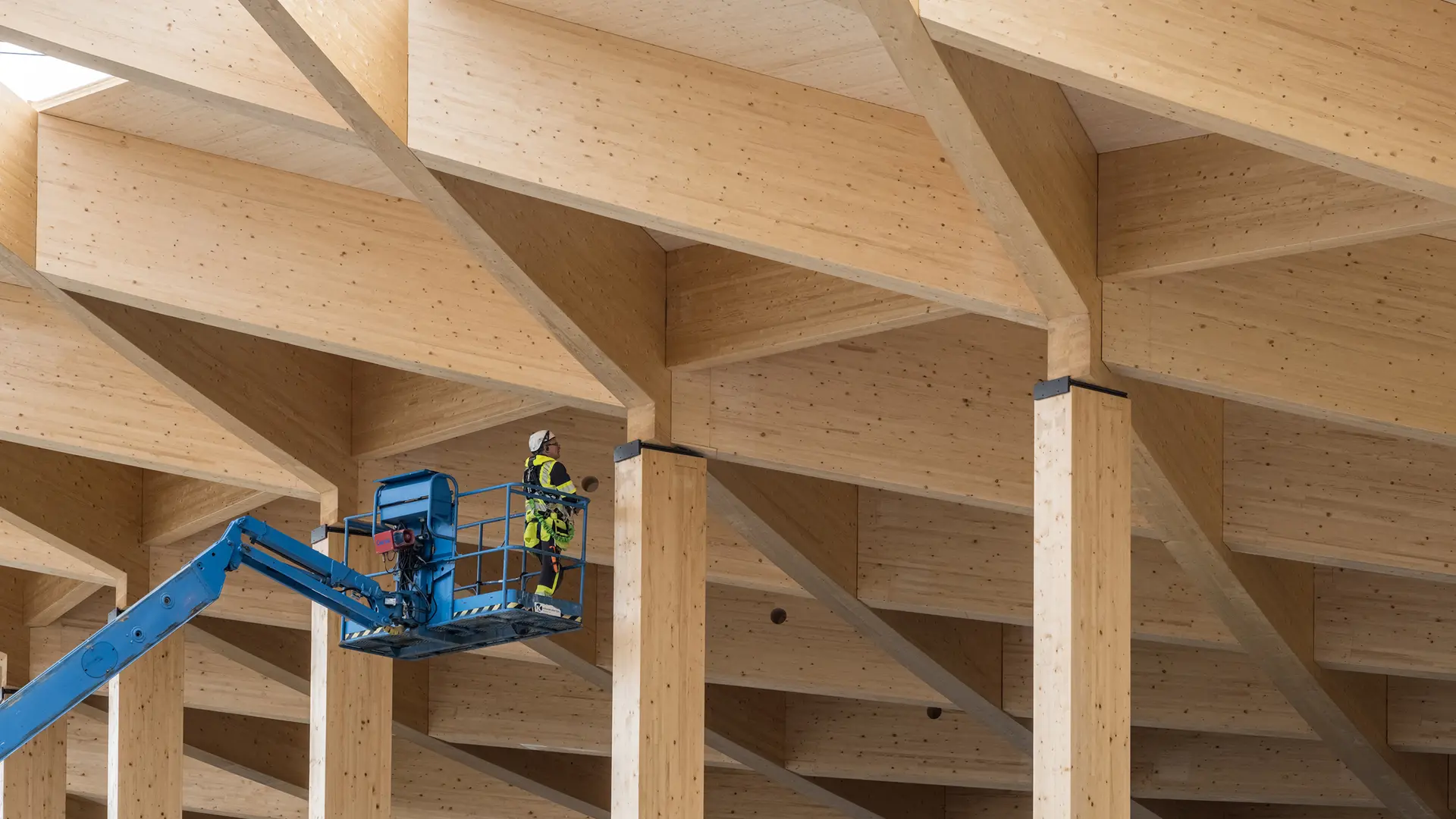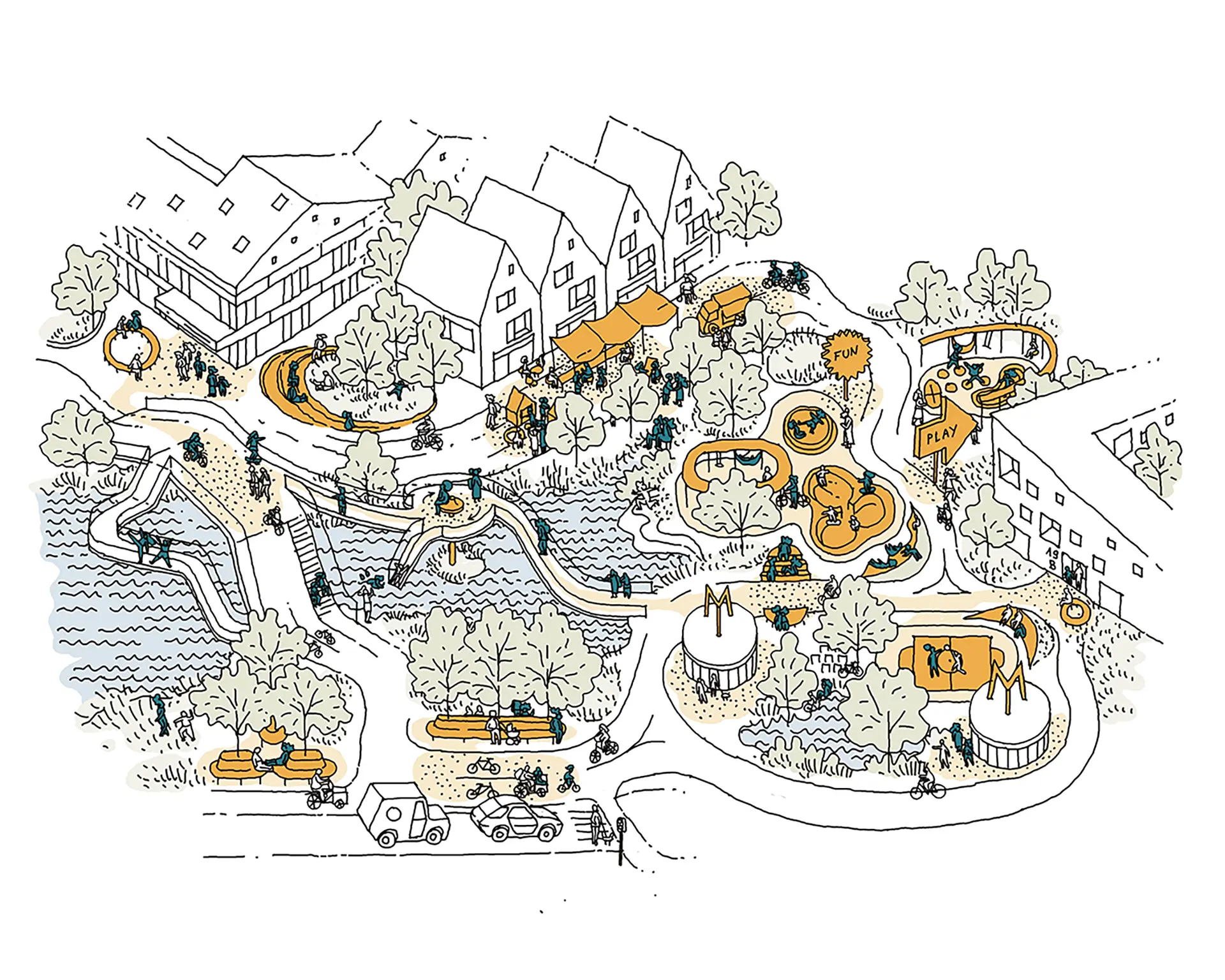In an undefined future, what can architecture become?

How can the profession of architecture move further on in the process of tackling the pressing issues of global communities? We asked two of our colleagues this question and according to them: the road is complicated, but we’re walking it.
Contact

Associate Design Director

Associate Design Director - International
What do you think will become important in architecture in the coming years?
Franck Fdida, Lead Design Architect:
In my opinion, it will be about two main elements. One of them is resilience and reversibility - when talking about sustainability, the most important task to come is handling resources, life cycles and recycling. We cannot afford anymore to think short term and mono-program.
The building of tomorrow needs to, first, last longer. Which means being able to evolve and change the program, from office to housing, from headquarter to university, will be imminent - instead of demolishing and building again because it’s cheaper or easier or because the current regulation is not flexible enough. It’s not only about building in wood instead of concrete, but also about building less, better, longer. We quite often talk about flexibility in our design, but it still quite often revolves around the flexibility of one program, one user. We cannot afford anymore to think short term and mono-program.
The second main subject is obviously about cities. We will need to come up with denser solutions for our cities to accommodate their growth without losing their qualities. Ground plans will need to remain and extend even more as a public pedestrian domain. We will need to go higher with our housing/office spaces, keep cars on the periphery to accommodate green and public domain wherever it’s possible. Public spaces & educational building will need to play a core role in the city of the future. They will need to be multifunctional, accessible all year long and become anchor space for the local community. But I also think that the solution cannot be found only in the ground but also in how we can accommodate street qualities within high buildings.
Kasia Piekarczyk, Architect:
Considering the time necessary from the concept phase to the building construction, I think we should always remember that in any given time, we are already shaping the architecture of the future. We hold the responsibility to design for the foreseeable challenges like climate change, which presents more tangible anchor points for design processes, while also addressing soft and intangible ones, overpopulation or urban loneliness among others. In my view, it will become important to further augment technology and data from different fields within our daily work.
What can architects do to make (this) change happen?
Franck Fdida:
The main problem today is still the local building regulations that make those changes more difficult. It’s also about getting the right partner to team up with. A majority of developers still think in short term profit – Building and selling instead of building and renting. Therefore, we need to come up with smart solutions that can fulfill clients’ currents needs but also keep some room for future development.
The other change is about how to keep the modularity, the reversibility without creating an architectural standardization of the building industry where everything becomes more or less the same in order to change from one program to another. Regarding the second point, we need as an architect to keep pushing the public institution and the private sector to offer public amenities and spaces accessible to everyone.To keep up with the world, we need to do more than invent new ideas, we might also have to reinvent ourselves, as architects.
Kasia Piekarczyk:
I strongly believe we need to keep educating ourselves and be radically flexible in ways of thinking and working. This means that we should be open to and prepared for change. To keep up with the world, we need to do more than invent new ideas, we might also have to reinvent ourselves, as architects. We should be open-minded, curious and collaborative, especially when facing an opportunity to learn from professionals from different fields to better our work. In this transitional period, maybe more than ever, we cannot forget the human aspect of everything we do.
How are we already working to do this?
Franck Fdida:
I think we are already doing a great job at promoting public domain/program where ever it’s possible (Simens, Harpa, etc). When it comes to flexibility, 10 years ago, our focus was still on mono-programs (one tower for housing, one for office etc.). Today, we start to see some mixed-use programs within one building, but this is not really a game-changer yet. There is this tendency of wanting to scale down everything we do to the “human scale” and this has, of course, great values and results. But at the same time, it almost seems like we are trying to fight back the densification of our cities, instead maybe of embracing the scale and qualities it might bring.
Kasia Piekarczyk:
We are doing what we can to keep up with the new software, ever-increasing access to knowledge, technology developments, reinventing workflows, and so on. I feel that we are already exceeding boundaries of the profession, compared to merely a decade ago when I started my architectural studies. In this organic process of growth, along with some sensitivity and foresight, I hope that we are moving in the right direction.
Update:
We sat down again with Kasia and Franck to discuss how these answers have changed in the context of a post-pandemic future. Read their discussion here.



